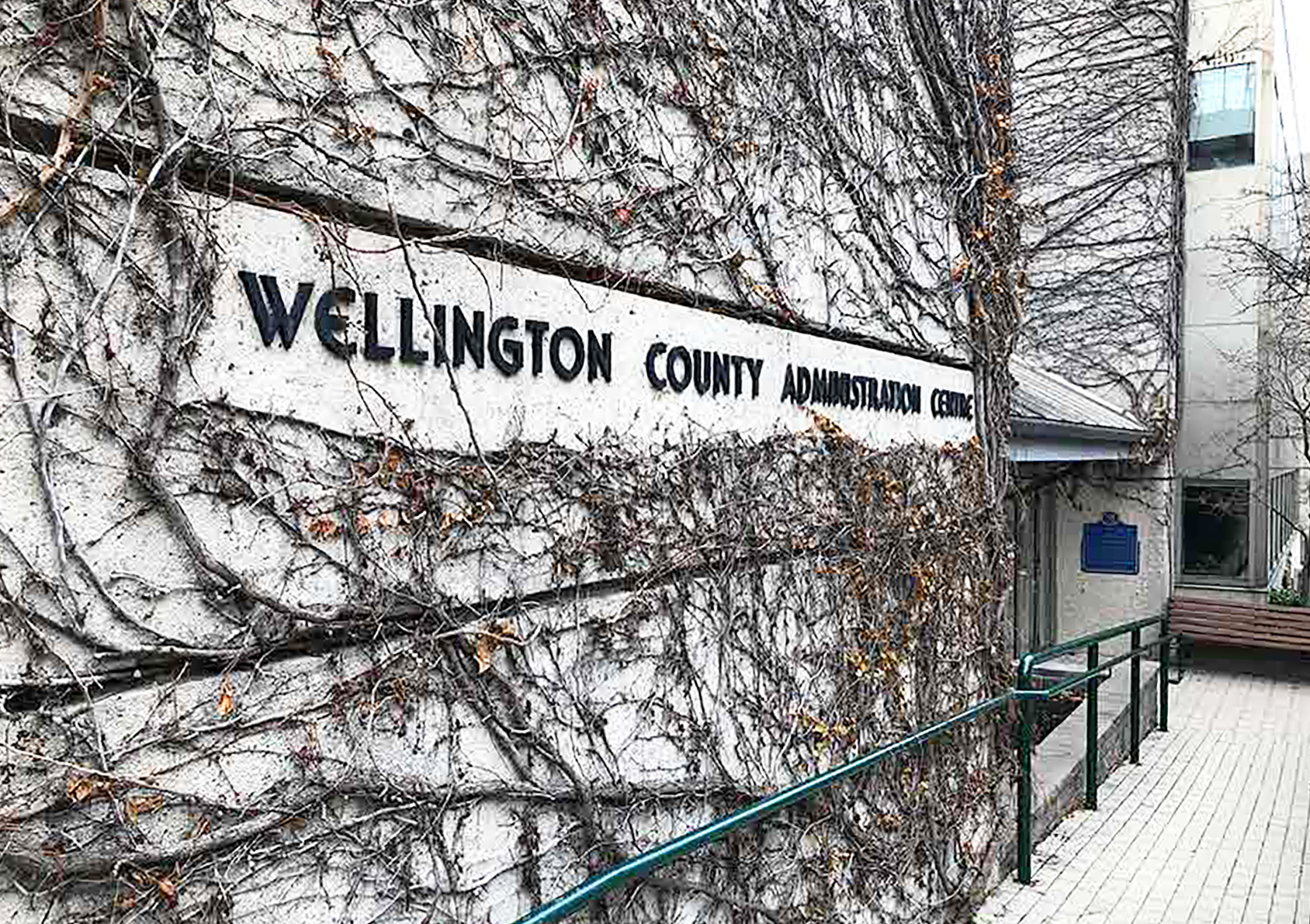GUELPH – Wellington County councillors are optimistic a new building project development and approval policy will help mitigate unforeseen budget fluctuations in the future.
Although discussion at a county council meeting on March 28 largely centred on a nearly $1-million increase to the upper cost of upgrading Stepping Stone’s 23 Gordon Street emergency shelter, councillors alluded to other recent increases ranging between 40 and 83 per cent for three significant projects council approved last year.
Councillor Earl Campbell asked where the county is going wrong with cost estimates.
Councillor Doug Breen said council should know more about a project’s scope and have better figures before approval.
“This has happened a few times,” Breen said.
Others called for more due diligence and key data.
Treasurer Ken DeHart said council’s point had been made.
“I don’t want to explain these kind of variances, and I don’t want to have to deal with the funding implications after the fact,” DeHart said.
The new county policy outlines 24 “operating procedures” drafted by CAO Scott Wilson and approved by county council.
“There’s been some concern generated by the cost increases” related to scope and construction, Wilson told the Advertiser by phone.
Essentially there will be ongoing staff reporting to committees throughout a project’s timeline, and committees can recommend a guaranteed maximum price, overseen by a construction manager, or a lump sum contract be used.
Building and project committees can also be struck with potential input into hiring of architects.
Committees will need to clear major design inputs affecting a budget, and will be presented with different estimates: a base cost that meets building code standards, and separate estimates detailing the cost of recommended energy and accessibility features.
The policy also brings routine reporting on projects by committee chairs at county council meetings.
Councillors will have control over increasing a project’s scope, building material choices, inclusion of energy features above building code, and the like.
At the March meeting, councillor Chris White, who chairs the county’s administration and finance committee, said projects will be monitored “much more tightly.”
“I think it makes sure that everybody can make fully-informed decisions,” White said, calling the policy a “very positive change.”
The steps are “generally” already followed, according to Wilson, but not uniformly all the time.
The CAO stressed the policy will “add to the time of a project,” but the tradeoff is having more available information as a project develops.
“I think it will be worth it,” Wilson told the Advertiser.
There is a clause in the policy allowing a committee chair to eliminate or combine steps in the process, at the recommendation of county staff.
The next major projects for the county in the coming decade include the construction or improvement of four ambulance stations.
Though it’s “generally accepted” the county will move forward with the buildings, Wilson said, council will have a say on details such as floorspace, location and finishing.
“Do we want to be architecturally important in the community, or interesting, or do we want to be a little more rudimentary? Council’s got those choices,” said Wilson.




